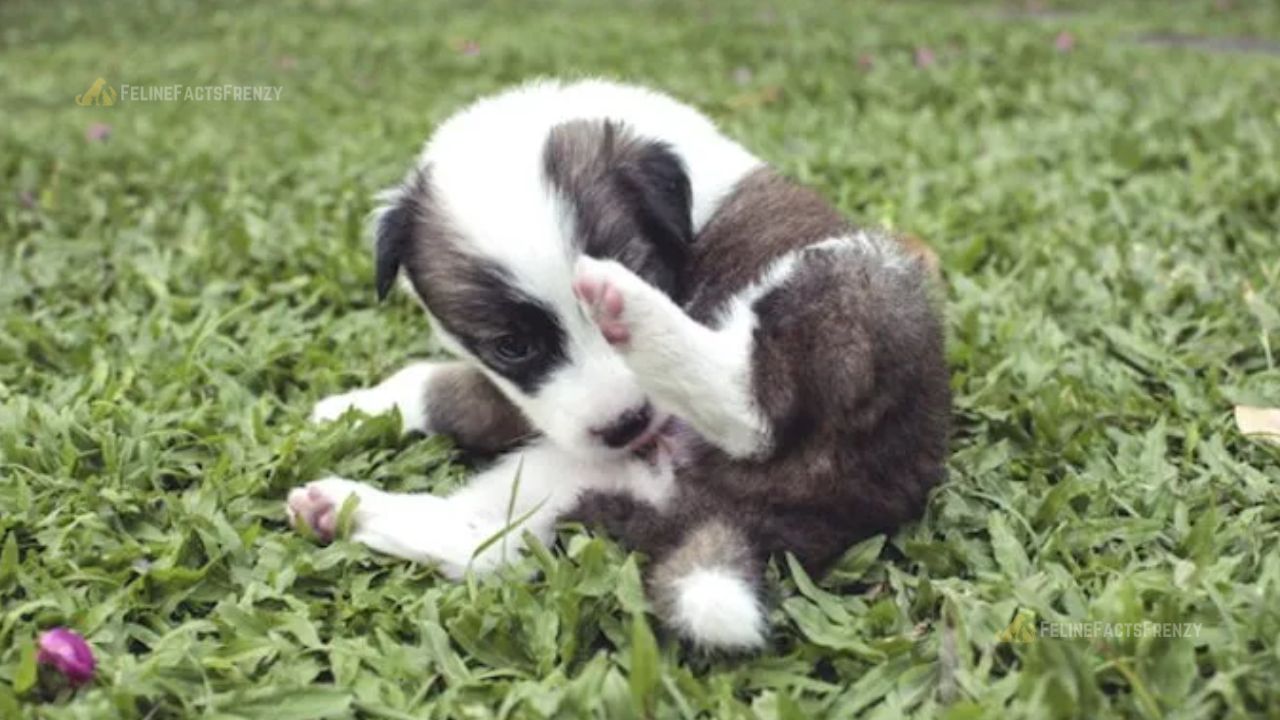When we think of our furry friends, we often focus on their playful antics, adorable looks, and unconditional love. However, like humans, female dogs require attention to their reproductive health. Understanding and caring for a dog’s vagina health is crucial not just for their comfort but also for their overall well-being. This guide aims to provide comprehensive information on maintaining vaginal health for female dogs, addressing common issues, and emphasizing preventive care.
Understanding Canine Anatomy
Before diving into health issues, it’s essential to understand the anatomy of a female dog’s reproductive system. The female reproductive system comprises various components that play a role in reproduction and overall health.
- Vulva: This is the external part of the female dog’s reproductive organ. It includes the labia and clitoris, and it’s the first line of defense against infections.
- Vagina: The vagina is a muscular tube that connects the vulva to the uterus. It serves multiple purposes, including the passage for mating and birthing.
- Uterus: A Y-shaped organ where puppies develop during pregnancy. The uterus comprises two horns extending from the main body, allowing for the development of multiple puppies.
Common Health Issues
1. Vaginitis
Vaginitis is one of the most common vaginal issues in female dogs. This condition is characterized by inflammation of the vagina, leading to various symptoms that owners should be aware of.
Definition and Causes
Vaginitis can result from several factors, including bacterial infections, allergies, foreign bodies, or even hormonal changes, especially in young, unspayed females experiencing their first heat cycle.
Symptoms to Watch For
- Increased licking of the vulva
- Discharge that may be clear, yellow, or green
- Swelling or redness of the vulva
- Frequent urination or difficulty urinating
- Signs of discomfort, such as whining or reluctance to move
Treatment Options
Treatment typically involves a veterinary examination. The vet may prescribe antibiotics for bacterial infections or recommend anti-inflammatory medications. Cleaning the area and ensuring proper hygiene can also help in mild cases.
2. Infections
Infections are another common concern. They can be bacterial or yeast infections, and if untreated, they can cause discomfort and potential complications.
Types of Infections
Both bacterial and yeast infections can occur in the vaginal area. A bacterial infection often arises from an imbalance of normal flora, while yeast infections are typically caused by an overgrowth of fungi such as Candida.
Signs That Indicate an Infection
- Foul-smelling discharge
- Excessive licking and itching
- Pain or discomfort during urination
- Behavioral changes, such as lethargy or irritability
Prevention Tips
To prevent infections, maintain regular hygiene practices, ensure a balanced diet, and avoid overly moist environments. Regular grooming and bathing can help keep the vulvar area clean.
3. Pyometra
Pyometra is a serious condition that requires immediate veterinary attention. This life-threatening infection affects the uterus and can occur in unspayed females.
Explanation of This Serious Condition
Pyometra occurs when the uterus fills with pus, often following a heat cycle. Hormonal changes can lead to an increase in the uterine lining, making it susceptible to infections.
Recognizing Symptoms Early
- Profuse pus-like discharge from the vulva
- Increased thirst and urination
- Loss of appetite
- Abdominal swelling
- Fever and lethargy
Importance of Timely Veterinary Care
If you suspect your dog may have pyometra, it’s crucial to seek veterinary care immediately. Treatment typically involves spaying the dog and administering antibiotics, but early detection can be life-saving.
Regular Maintenance and Care
Maintaining vaginal health goes beyond addressing issues as they arise. Regular care can significantly reduce the risk of developing problems.
Tips for Maintaining Vaginal Health
- Regular grooming to prevent matting and infection.
- Daily checks for unusual discharge or swelling.
- Bathing with dog-safe shampoos to keep the vulva clean.
Recommended Hygiene Practices
Wipe the vulva with a clean, damp cloth after outdoor activities, especially if your dog has been in muddy or dirty areas. Ensuring your dog is dry and clean can help prevent infections.
Importance of Regular Vet Check-Ups
Annual veterinary check-ups are vital for detecting any underlying issues early. Your vet can provide guidance on vaccinations, spaying, and general health assessments.
Nutrition and Its Impact on Health
What your dog eats has a significant impact on their reproductive health, including vaginal health. A balanced diet can strengthen the immune system and prevent infections.
Role of Diet in Maintaining a Healthy Reproductive System
A diet rich in essential fatty acids, vitamins, and minerals can support overall health. Omega-3 and Omega-6 fatty acids, in particular, are known to help reduce inflammation and promote a healthy coat.
Suggested Dietary Elements Beneficial for Vaginal Health
- High-quality protein: Supports tissue repair and overall health.
- Probiotics: Promote a healthy gut flora, which can impact the immune response.
- Antioxidants: Help combat oxidative stress in the body.
When to See a Veterinarian
Knowing when to consult a vet is crucial for your dog’s health. Some symptoms should never be ignored, which could indicate a more severe issue.
Key Indicators That Warrant a Vet Visit
- Persistent discharge with a foul odor
- Signs of pain or discomfort
- Excessive licking or scratching of the vulva
- Changes in appetite or behavior
- Unusual swelling in the abdominal area
Importance of Not Ignoring Symptoms
Early intervention is critical in avoiding more severe health issues. If you notice any concerning symptoms, don’t wait—consult your veterinarian for advice and potential treatment options.
Conclusion
Caring for your dog’s vaginal health is an essential aspect of responsible pet ownership. Understanding common health issues, practicing good hygiene, maintaining a balanced diet, and scheduling regular vet check-ups can help keep your furry friend healthy and happy. By prioritizing preventive care and being aware of changes in your dog’s health, you can ensure they live a long, healthy life.
This blog post provides a comprehensive guide to dog vagina health, covering anatomy, common issues, maintenance, nutrition, and when to seek veterinary care, all while maintaining a balance between informative and approachable tone.
